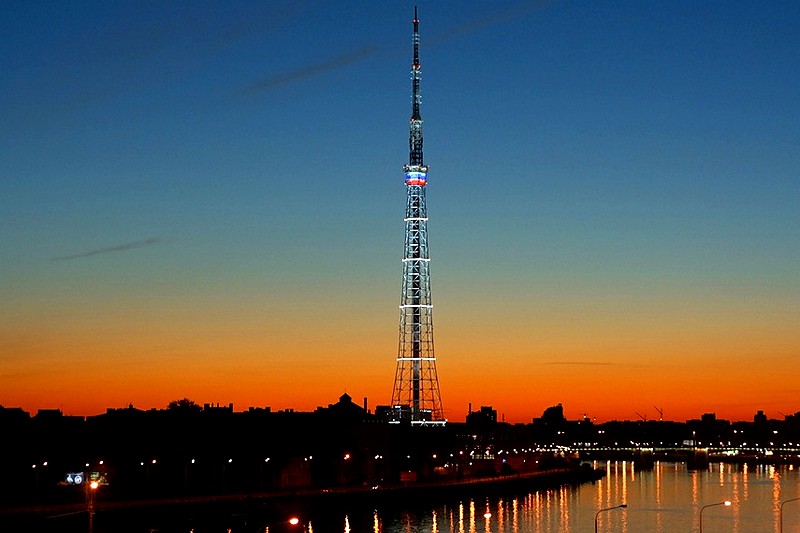Aptekarsky Island (Apothecary Island)
Divided from the Petrograd Side by the narrow Karpovka River, Aptekarsky Island is now very much part of the city, with several streets of attractive residential buildings constructed in the early years of last century. However, the island still has a lot of green space, and a few institutions that reflect its historic purpose.
Aptekarsky Island is the only one of the islands along the northern banks of the Neva Delta that was never privately owned. This was specifically the intention of Peter the Great, who chose the island as the site of the Apothecary Gardens, which were dedicated to the cultivation of medicinal herbs for the benefit of the city.
On old Swedish maps, the island was known as Korpisaari, which means "wooded" in Finnish. Peter's interest in medicine had been fired during his Grand Embassy to Western Europe, and the Apothecary Gardens were one of many innovations he envisioned as part of a truly modern state. On Aptekarskiy Ostrov, under the auspices of specialist gardeners who were the only residents permitted on the island, medicinal plants were cultivated, dried and processed, before being distributed through a network of pharmacies in the city. Alongside medicinal herbs, rare species of maritime plant were also grown.

The island's name has not changed for three centuries. However, as attitudes to medicine developed, so the Apothecary Gardens became more important for their botanical interest rather than their medical function. In 1823, they became the Imperial Botanical Gardens, and were handed to the Academy of Sciences' Botanical Institute. Today the gardens occupy a sizeable section of Aptekarsky Island along the banks of the Karpovka and Bolshaya Nevka Rivers, and contain over 7,500 different species of plant from around the world.
By the late 19th century, the island had become a smart residential area, with dachas belonging to some of the city's most prominent citizens. At the turn of the twentieth century, elegant Art Nouveau apartment buildings began to appear on the island. It was into one of these, at Ulitsa Graftio 2b, that Russia's legendary bass-baritone Fedor Chaliapin moved in 1914, at the height of his wealth and fame. The apartment is now a museum in his honour, containing numerous artifacts from his stage career and personal life that he was forced to abandon when he eventually moved to Paris.

The island is also closely connected to two of Russia's greatest scientists, Alexander Popov and Ivan Pavlov, both of whom did their most significant work on the island in the second half of the 19th century. Popov is the man Russians credit with inventing the radio, based on the fact that he transmitted a signal in St. Petersburg almost a whole year before Marconi's more widely publicized breakthrough. The main street of the island is called Ulitsa Professora Popova, and the Electro-Technical Institute opposite the Botanical Gardens is where he spent the last years of his working life. Pavlov, the physiologist famous for his groundbreaking work on the reflexes of dogs, spent over 40 years as Director of the Institute of Experimental Medicine, on the northern tip of the island. Near the Institute of Experimental Medicine stands St. Petersburg's tallest building, the Television Tower, erected in 1962. A red-and-white striped metal cone, it is not the most attractive building in the city, but does brighten the night skyline with its rows of multi-coloured lights. It also has an observation platform 191 meters up, which provides fantastic panoramic views of the city.









